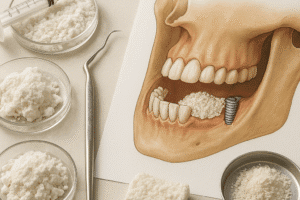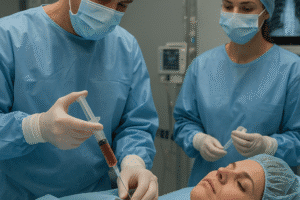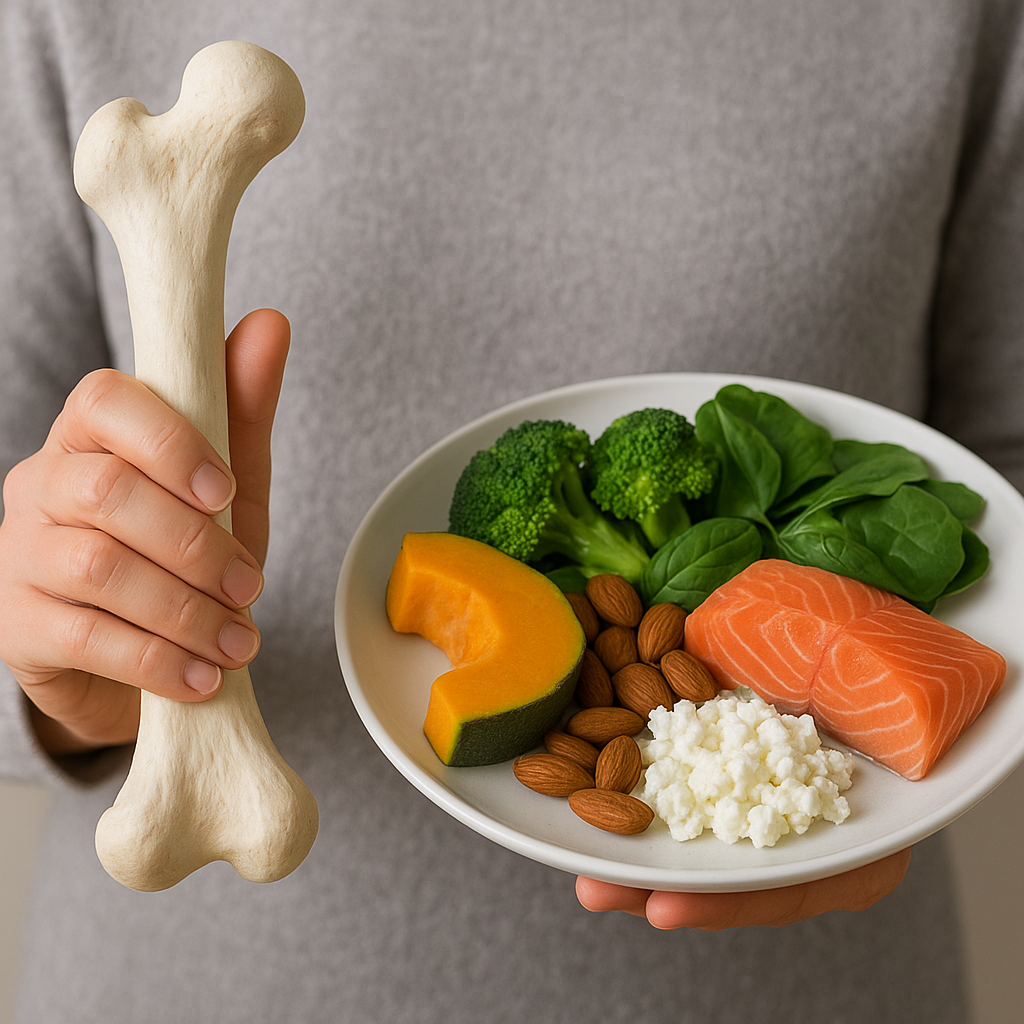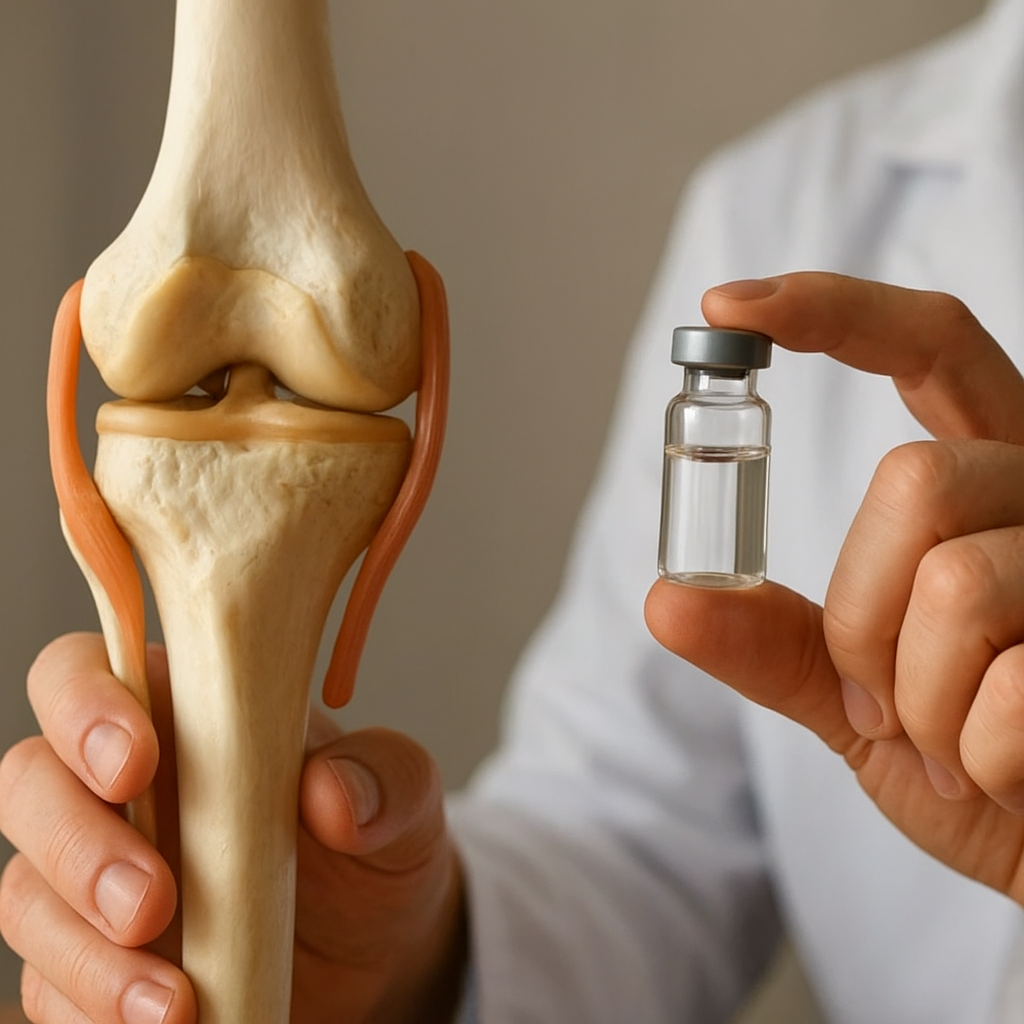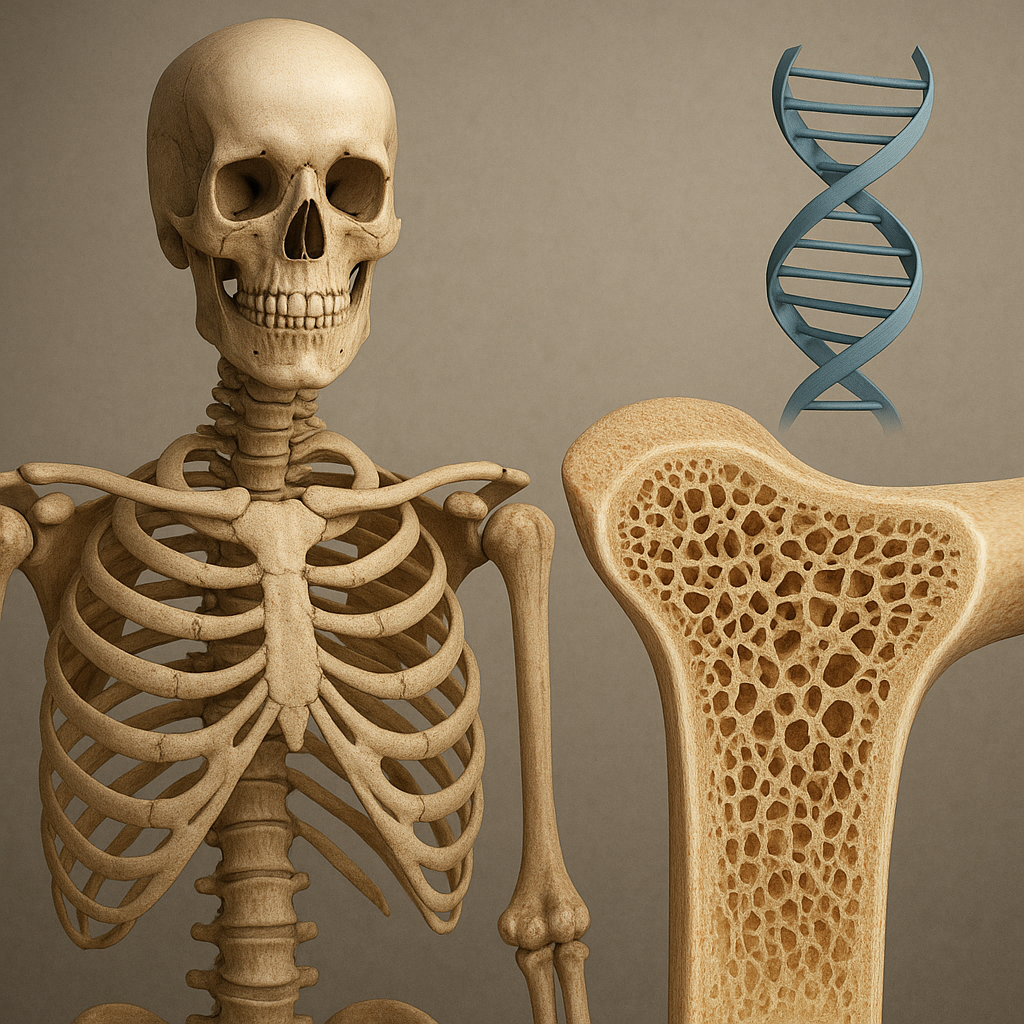Bone disorders in children can significantly impact their growth and development, with rickets being one of the most well-known conditions. However, there are several other disorders that can affect bone health in the pediatric population. Understanding these conditions, their causes, symptoms, and treatments is crucial for parents, caregivers, and healthcare professionals. This article will explore rickets in detail and delve into other bone disorders that can affect children, providing a comprehensive overview of this important health topic.
Understanding Rickets
Rickets is a skeletal disorder that primarily affects children, leading to soft and weakened bones. It is most commonly caused by a deficiency of vitamin D, calcium, or phosphate. These nutrients are essential for healthy bone development, and their absence can lead to significant health issues.
Causes of Rickets
The primary cause of rickets is a deficiency in vitamin D, which is crucial for the absorption of calcium and phosphate in the body. Several factors can contribute to this deficiency:
- Insufficient Sunlight Exposure: Vitamin D is synthesized in the skin through exposure to sunlight. Children who spend little time outdoors or live in areas with limited sunlight may be at risk.
- Dietary Deficiencies: A diet lacking in vitamin D, calcium, or phosphate can lead to rickets. Foods rich in these nutrients include dairy products, fish, and fortified cereals.
- Malabsorption Disorders: Conditions that affect the gastrointestinal tract, such as celiac disease or cystic fibrosis, can hinder the absorption of essential nutrients.
- Genetic Factors: Some forms of rickets are inherited, such as X-linked hypophosphatemic rickets, which affects the body’s ability to regulate phosphate levels.
Symptoms of Rickets
The symptoms of rickets can vary, but common signs include:
- Bone Pain: Children may experience discomfort in their bones, particularly in the legs and spine.
- Delayed Growth: Affected children may grow more slowly than their peers.
- Deformities: Rickets can lead to skeletal deformities, such as bowed legs or a curved spine.
- Weakness: Muscle weakness may accompany bone issues, affecting a child’s ability to walk or engage in physical activities.
Diagnosis and Treatment of Rickets
Diagnosing rickets typically involves a physical examination, a review of dietary habits, and blood tests to check levels of vitamin D, calcium, and phosphate. X-rays may also be used to assess bone health.
Treatment for rickets focuses on replenishing the deficient nutrients. This may include:
- Vitamin D Supplements: Administering vitamin D supplements can help restore adequate levels in the body.
- Dietary Changes: Encouraging a diet rich in calcium and vitamin D can support bone health.
- Sunlight Exposure: Increasing outdoor activities can enhance vitamin D synthesis through sunlight exposure.
- Addressing Underlying Conditions: If rickets is caused by a malabsorption disorder, treating that condition is essential.
Other Bone Disorders in Children
While rickets is a significant concern, several other bone disorders can affect children. Understanding these conditions is vital for early diagnosis and effective treatment.
Osteogenesis Imperfecta
Osteogenesis imperfecta (OI), commonly known as brittle bone disease, is a genetic disorder characterized by fragile bones that break easily. It is caused by a defect in the production of collagen, a protein that provides structure and strength to bones.
Symptoms of Osteogenesis Imperfecta
Children with OI may exhibit:
- Frequent Fractures: Even minor falls or injuries can result in fractures.
- Blue Sclera: A bluish tint in the whites of the eyes is a common feature.
- Short Stature: Growth may be affected, leading to shorter height compared to peers.
- Dental Issues: Children with OI may have brittle teeth and other dental problems.
Diagnosis and Treatment of Osteogenesis Imperfecta
Diagnosis typically involves genetic testing and a thorough medical history. Treatment focuses on managing symptoms and preventing fractures, which may include:
- Physical Therapy: Strengthening exercises can help improve muscle support around bones.
- Medications: Bisphosphonates may be prescribed to increase bone density.
- Surgical Interventions: In severe cases, surgical procedures may be necessary to stabilize bones.
Hypophosphatasia
Hypophosphatasia is a rare genetic disorder that affects the development of bones and teeth due to a deficiency in alkaline phosphatase, an enzyme essential for mineralization.
Symptoms of Hypophosphatasia
Symptoms can vary widely but may include:
- Bone Pain and Weakness: Children may experience discomfort and have difficulty with physical activities.
- Delayed Tooth Development: Teeth may erupt later than usual or be absent.
- Fractures: Increased susceptibility to fractures is common.
Diagnosis and Treatment of Hypophosphatasia
Diagnosis is often made through blood tests and genetic testing. Treatment may involve:
- Enzyme Replacement Therapy: This can help improve bone mineralization.
- Supportive Care: Physical therapy and pain management strategies are essential for improving quality of life.
Other Notable Bone Disorders
In addition to the aforementioned conditions, several other bone disorders can affect children:
- Legg-Calvé-Perthes Disease: A condition that affects the hip joint, leading to temporary loss of blood supply to the femoral head.
- Slipped Capital Femoral Epiphysis: A condition where the ball at the head of the femur slips off the neck of the bone, causing hip pain and limited mobility.
- Achondroplasia: A genetic disorder that results in dwarfism, characterized by abnormal bone growth.
Conclusion
Bone disorders in children, including rickets and other conditions, can have profound effects on their health and development. Early diagnosis and appropriate treatment are crucial for managing these disorders and ensuring that children can lead healthy, active lives. Parents and caregivers should be vigilant about their children’s bone health, recognizing the signs and symptoms of potential disorders and seeking medical advice when necessary. By fostering a supportive environment that includes proper nutrition, physical activity, and regular check-ups, we can help promote optimal bone health in children.





